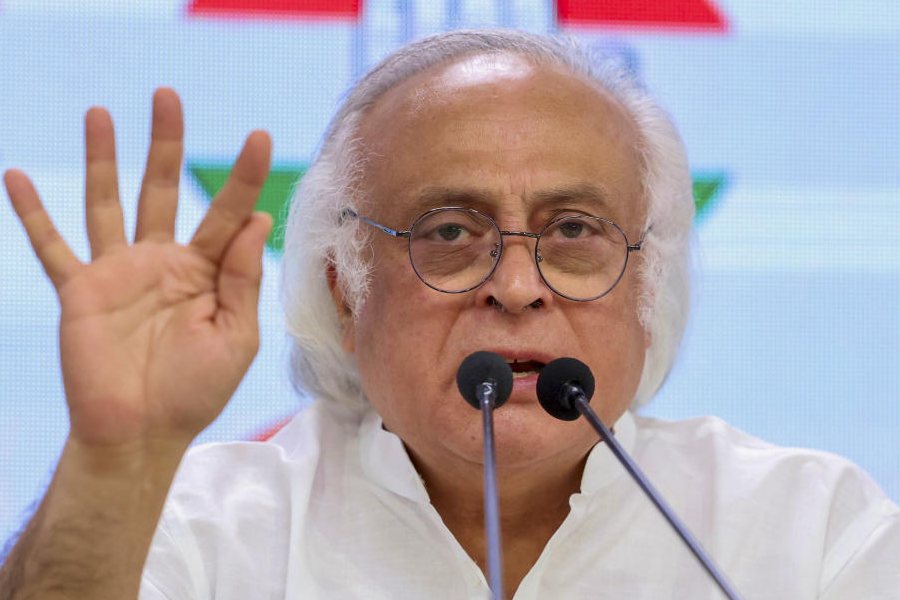New Delhi: Three Indian scientists in the US have helped identify a molecule that they think could have served as a key "missing link" to explain the emergence of the earliest life forms from less complex pre-biological chemistry.
Ramanarayanan Krishnamurthy and his colleagues at The Scripps Research Institute (TSRI) in La Jolla, California, have shown that a single compound called diaminophosphate (DAP) can give rise to the three most important ingredients for life through the same chemical reactions.
Their study, published on Monday in Nature Chemistry, is the first to demonstrate that DAP-driven "phosphorylation chemistry" can produce oligonucleotides, oligopeptides, and lipids, or the building blocks of genes, proteins, and cell membranes.
In the past, other scientists have proposed chemical reactions that could lead to each of these classed of molecules involving different phosphorylation compounds and in different sets of environments. However, DAP eliminates the need for multiple compounds and environments.
"It reminds me of the Fairy Godmother in Cinderella who waves a wand and ... poof ... everything simple is transformed into something more complex," said Krishnamurthy, an associate professor at TSRI in a news release. "DAP through the same phosphorylation chemistry and mechanism provides a simple solution for the generation of all three classes of biopolymers in the same setting - and that is exciting," he told The Telegraph via email.
In laboratory experiments, Krishnamurthy and post-doctoral researchers Subhendu Bhowmick, Clementine Gibard, Megha Karki and Eun-Kyong Kim showed that DAP could help make building blocks of genetic material in water under a wide range of temperatures.
The compound was also shown to produce glycerol and fatty acids, the building blocks of lipids that could self-assemble into capsules called vesicles, or primitive versions of cells. In water, DAP could also react with amino acids to create peptide chains, or small versions of proteins.
While the study points to chemical reactions that might have occurred on Earth during its infancy, it is still unclear when - how long before the emergence of the first life forms - they might have occurred.
Independent earlier studies have hinted that the earliest single-celled life might have emerged on Earth between 4.2 billion and 3.7 billion years ago, or within a few hundred million years after the formation of planet about 4.6 billion years ago.
"The temporal distance between prebiotic chemistry and the actual appearance of life on early Earth is a hotly debated topic within our community," said Krisnamurthy who leads a research group on the chemistry that might have led to the origins of life. "There have been estimates of about 200 million years by some, but it is not a settled issue. It is bound to be contested and debated as new evidence keeps coming in."
Krishamurthy was born and brought up in Chennai and studied at the Vivekananda College, Chennai, and the Indian Institute of Technology, Mumbai, before leaving for the US for a PhD. Bhowmick has a PhD from the Central Drug Research Institute, Lucknow, and Karki had studied chemistry in Delhi before her PhD in the US.










